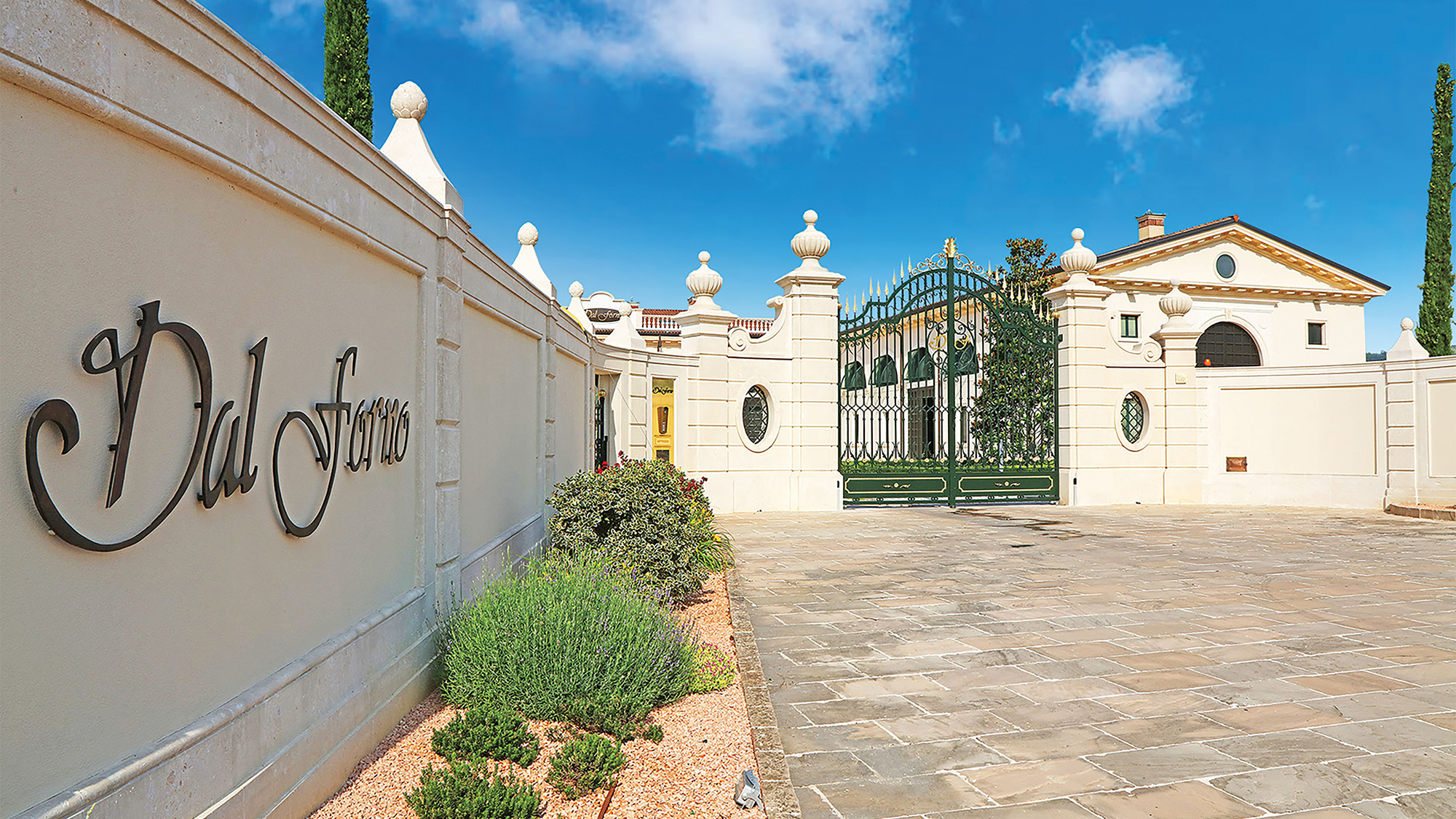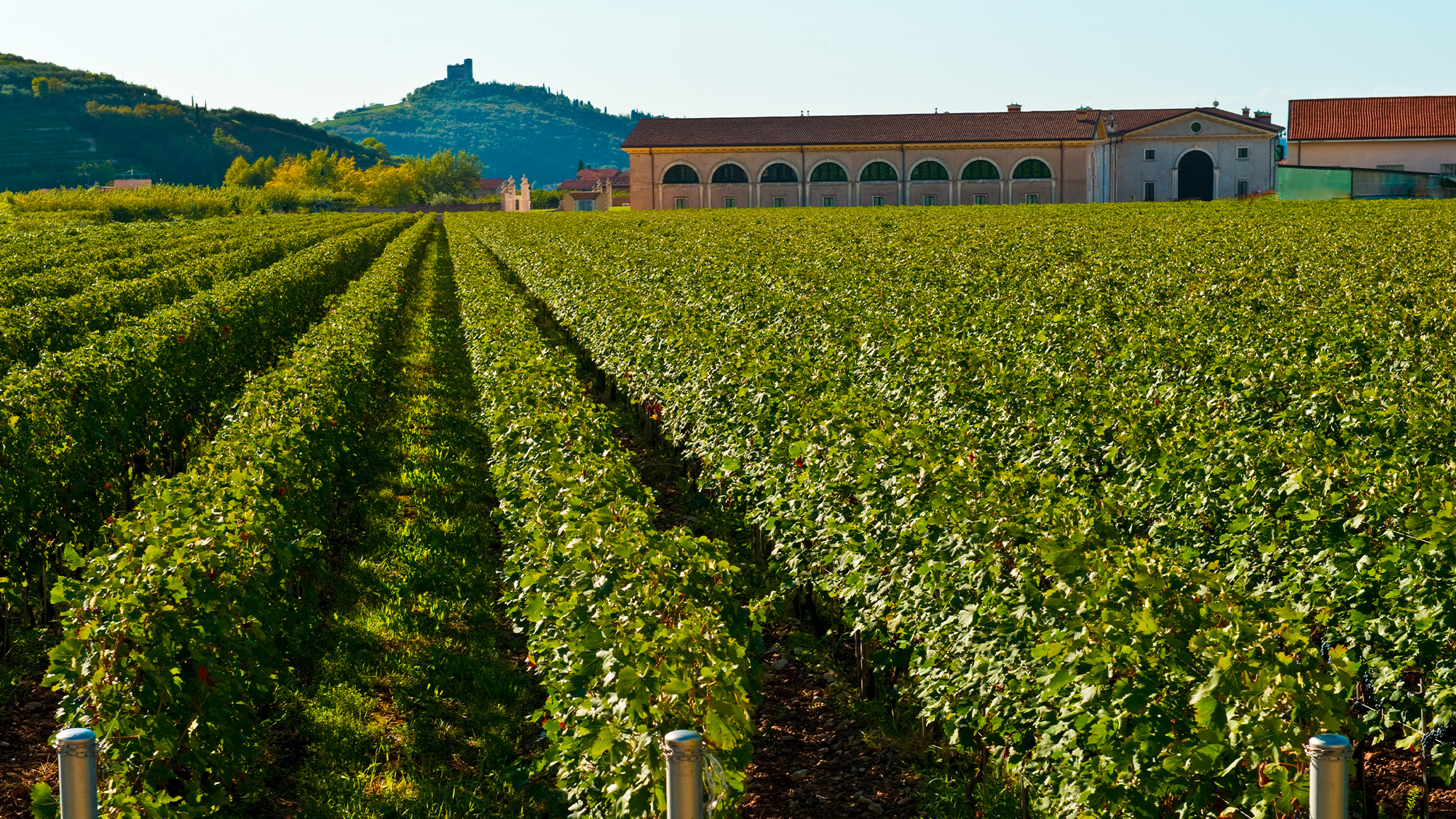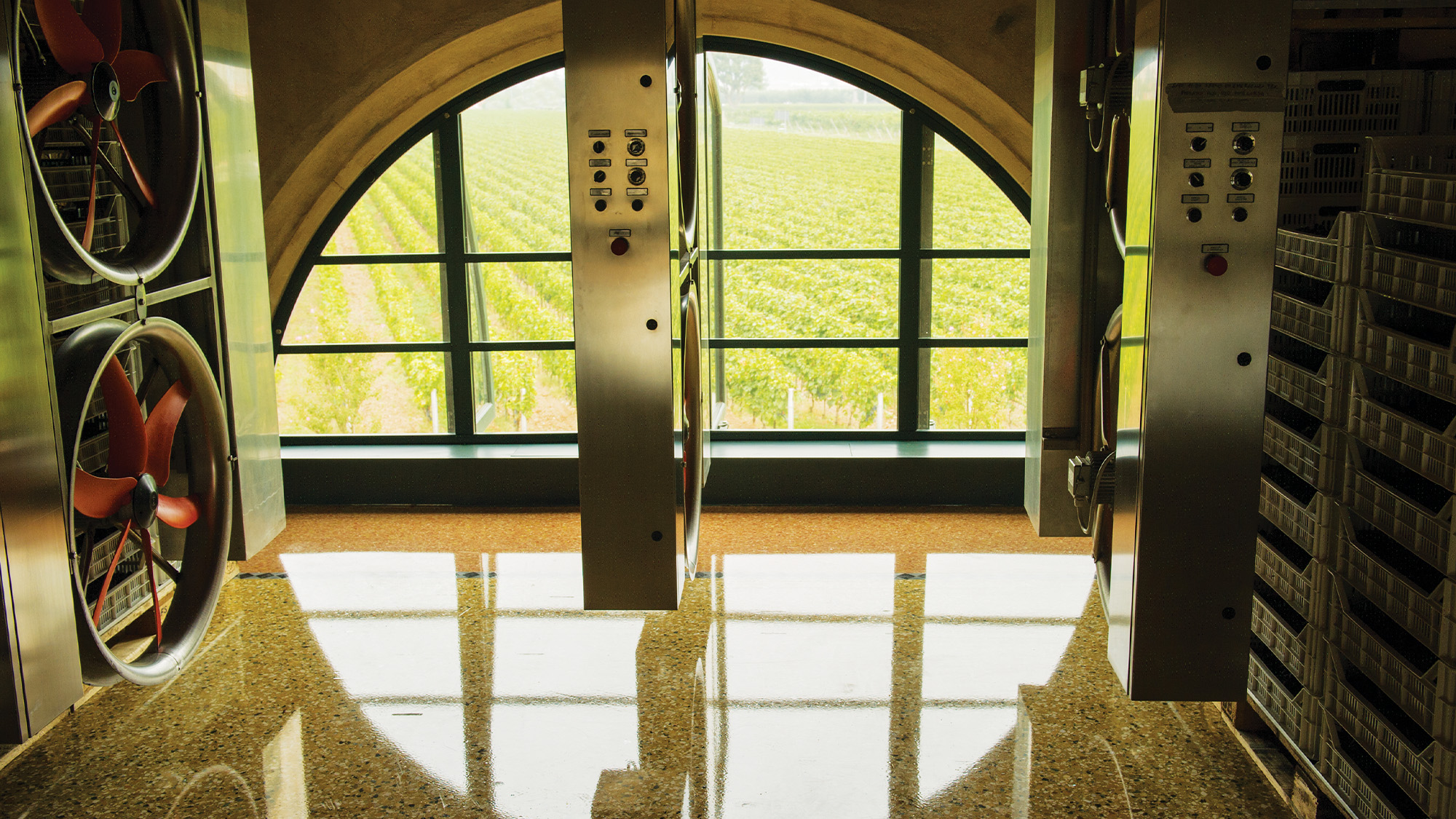Dal Forno Romano
Veneto, Italy





The Dal Forno family has been making wine since 1983. Established by Romano dal Forno, the winery is now run by his son Marco, with his father Romano always by his side as a guide. Located in Val D’Illasi, the estate has 34 hectares of vineyards, each planted with traditional indigenous varieties including Corvina, Corvinone, Rondinella, Oseleta and Croatina. The estate vineyards and farm are located where the slopes begin to rise toward the mountains and sit 1,000 feet above sea level. The Dal Fornos use traditional methods to grow the finest fruit and then employ modern techniques to produce the best wines — classic in expression and modern in purity. Dal Forno Romano is well-known for their world-class Valpolicella and Amarone.
Winery Story

